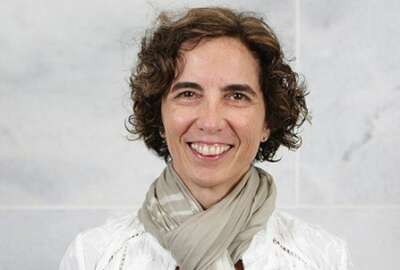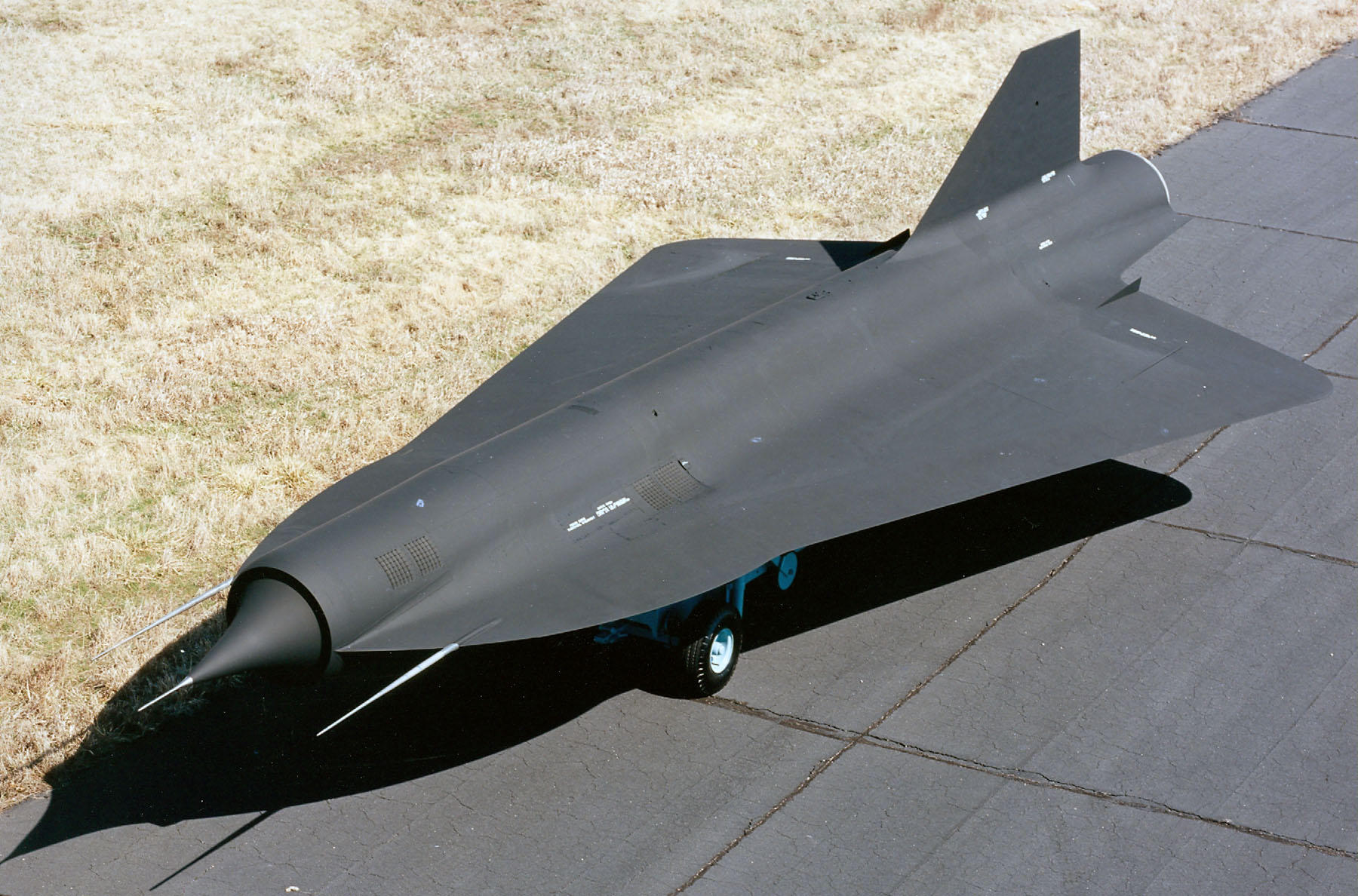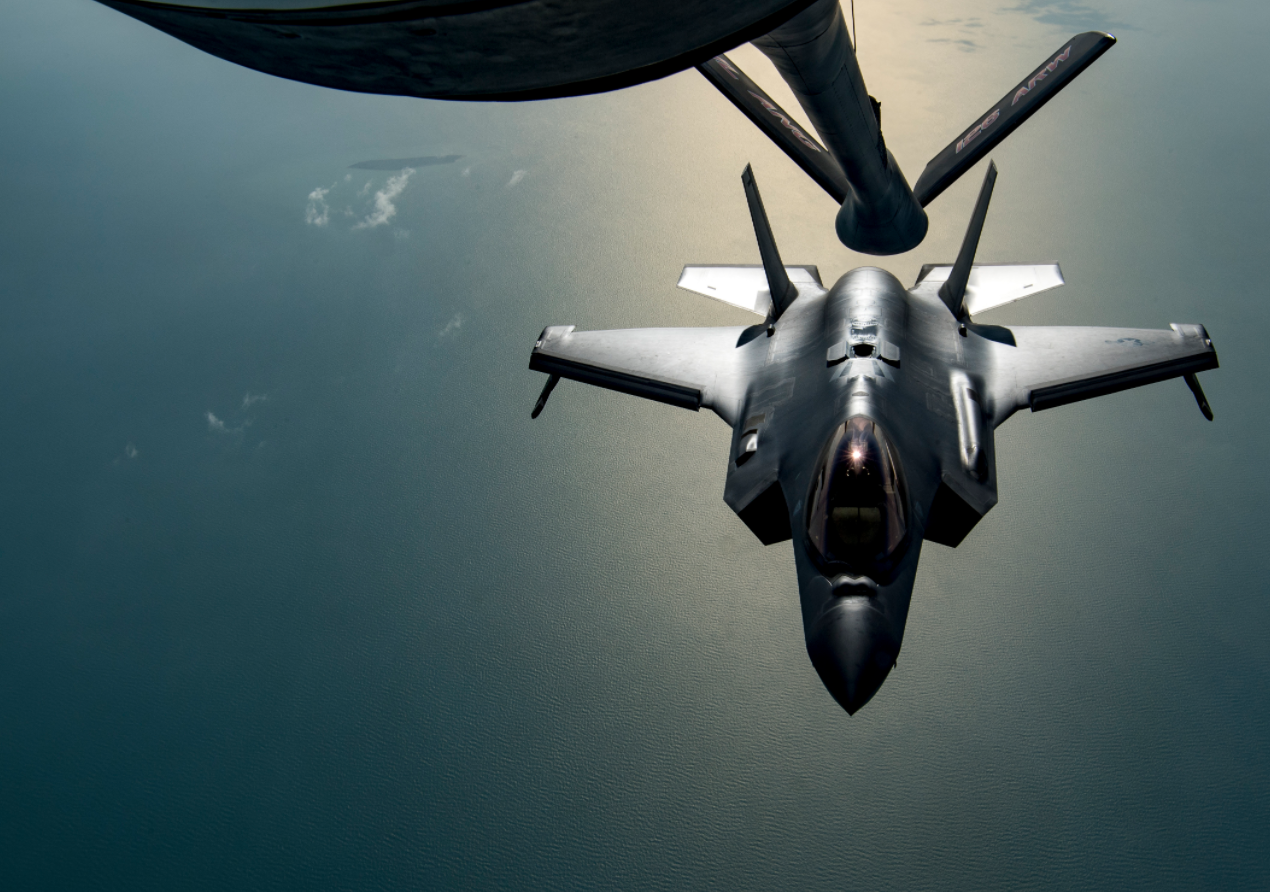Meet the small team that handles the Air Force’s radioactive waste
The Air Force Radioactive Recycling and Disposal Team handles low-level radioactive recycling and low-level mixed waste management in the Air Force and provides...
Best listening experience is on Chrome, Firefox or Safari. Subscribe to Federal Drive’s daily audio interviews on Apple Podcasts or PodcastOne
This year’s Secretary of Defense Environmental Award winner in the environmental quality individual team category went to the Air Force Radioactive Recycling and Disposal Team. As part of the 88th Civil Engineer Group, AFFRAD handles low-level radioactive recycling and low-level mixed waste management in the Air Force and provides radioactive material recycling for the entire Defense Department. To learn more about this mission, Federal News Network’s Eric White spoke with Zack Olds, AFRRA team supervisor, and Chris Anthony, radioactive material program manager, on Federal Drive with Tom Temin.
Interview transcript:
Chris Anthony: We’re the belly button for the United States Air Force on all radioactive waste in recycling. So that covers Space Force, Air Reserve, Air National Guard and active duty worldwide. Basically, our mission is to see what we can recycle first. Does the radioactive material have some sort of use that we don’t have to dispose of? So we always look to see what we can recycle, and anything that that’s not viable for reuse, then that’s what we actually send for waste.
Eric White: And where does most of the radioactive material come from, not that I’m not trying to divulge any secrets or anything, but what how do you guys come about it? What steps are you guys in the process?
Chris Anthony: We are actually listed in several Air Force manuals or, I guess the Air Force equivalent to regulations. And even in Department of Defense instructions and things like that, as the disposition outlet. So when things are being trimmed out of the system, and if they are flagged as being radioactive, something like a compass, then the supply system will recognize that and relay that information to whatever installation RSO is trying to turn this stuff in, that they need to go through AFRRAD for the disposition of that. And I might add, we are also the recycler for Department of Defense. So we don’t handle any of their waste, but things that we know we can recycle like compasses and exit signs and things like that. We will take from specifically the Army since they are the lead agent for low level radioactive waste, and they use us for the recycling part. So a lot of this relies on every installation’s radiation safety officer to be aware of what’s on their base, and whenever it needs to be turned in, that they know where to go. And we’re outlined in regulations and manuals and things like that.
Zack Olds: And that, too, I’d add, basically what Chris was alluding to is these guys are plugged in with the radiation safety officers across the Air Force. So they are a resource for those RSO’s. And so they provide consultative services to those individuals. So because they’re specifically listed, because AFRRAD – I say “they” – but because AFRRAD is plugged into that community listed in the Air Force manuals and instructions and DoD instructions, they’re inherently part of that disposition process. So they are the subject matter experts as a result. And so they’re regularly consultated for that types of questions that come up, with respect to radiation material, radioactive material disposition.
Eric White: So basically, they know you guys can handle any kind of waste. So they come to you even when it’s not you directly handling material, do they ask you for consulting and things like that as well?
Chris Anthony: By Air Force regulation, all disposition has to go through our office. Whether we handle it directly, like remediation waste, where there may be a facility that needs to be cleaned up or demolished or whatever. We wouldn’t necessarily handle that waste, physically. But we provide the consultation to those agencies to get rid of the waste, specifically radioactive, right? So we have to know. We keep the records for the Air Force. So anything that’s recycled or waste, it goes through our office and we do manage those records.
Eric White: Who’s actually handling this stuff. I mean, you guys are pretty small team. Are you guys putting on the gloves and grabbing the thing? Are you just telling who should be handling it?
Chris Anthony: Well, it’s it’s not as glamorous as like “Silkwood” or something like that. But there are four of us. We have the capability to go worldwide to assist in the installation that would have things that we couldn’t necessarily package and ship back to Wright-Patterson [Air Force Base], but we would actually go out and inventory and package it and then get a contract broker in to ship it out to a waste processor, or a disposal site. Mainly our personal protective equipment is gloving, lab coats, things like that. Very rarely do we have to crawl into the Tyvek suit and respirators. So it’s not as – we have the precautions in place. And there’s a lot of training that’s involved with that, as you can imagine.
Eric White: And Zack, what is your role as far as environmental compliance comes? Are you, the job title describe it pretty well?
Zack Olds: Fairly well. So AFRRAD is just one of the programs that I supervise. I’m also over the hazardous material, hazardous waste program, solid wastes and toxics, infectious waste programs. So I’ve got a team of folks that manage each of those. AFRRAD is unique, it’s unique to Wright-Patt, unique to the Air Force. And so it’s kind of, it’s a fun diversion from the standard environmental media programs that I deal with.
Eric White: Yeah, what are just a few of the considerations you have to have when dealing with radioactive material, not just around Wright-Patterson, butmin other projects that you’re working on?
Zack Olds: So, obviously, the radioactivity and the exposure, that these guys have a potential hazard, for us is a consideration. That’s unique to AFRRAD. It’s essentially the considerations I have, that are unique to AFRRAD is really the radioactivity and the exposure that these guys can potentially, be. So that’s the uniqueness that I have to consider with AFRRAD. I mean, they deal with low level radioactivity, so for the most part, they’re not really dealing with things that that can be an acute hazard. But definitely, the chronic hazards and chronic exposure is a consideration that we have to be mindful of in the work that we do.
Eric White: Yeah, Chris, can you expand a little bit upon, handling that material and what that’s like?
Chris Anthony: I’ve been doing this close to 40 years. So it’s normal to me. There’s respect. And as long as you respect what you’re dealing with, things work out. I always tell Zach – he has a chemistry background, I, my education, my major was in chemistry, but chemicals scare me to death. And so I can deal with radioactive material. And, we kind of laugh at that. And I guess it’s all perspective. So, you respect what you’re doing, respect what you’re dealing with, and ultimately, you get the job done, but being very mindful of the protection of the people that are performing the function, protect the environment and protect the base populace, and community. And that’s our goal.
Eric White: Forty years, I mean, I imagine you’ve had to see some changes in the safety procedures. Were things a little bit more cowboy back in the day, or were they still pretty tight?
Chris Anthony: I don’t think things have become more cowboy. I mean, there’s always that sense of respect, but it’s more scientific now. Equipment, instrumentation, requirements are regulated by the Nuclear Regulatory Commission. And so we’re able to track doses better. We’re able to, better instrumentation and detection and things like that. So in that respect, it’s gotten a lot better than 40 years ago, but as far as the safety aspect that’s always been there.
Copyright © 2024 Federal News Network. All rights reserved. This website is not intended for users located within the European Economic Area.
Tom Temin is host of the Federal Drive and has been providing insight on federal technology and management issues for more than 30 years.
Follow @tteminWFED






